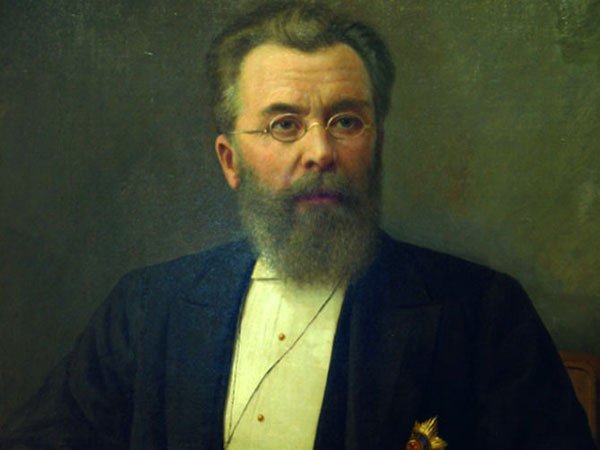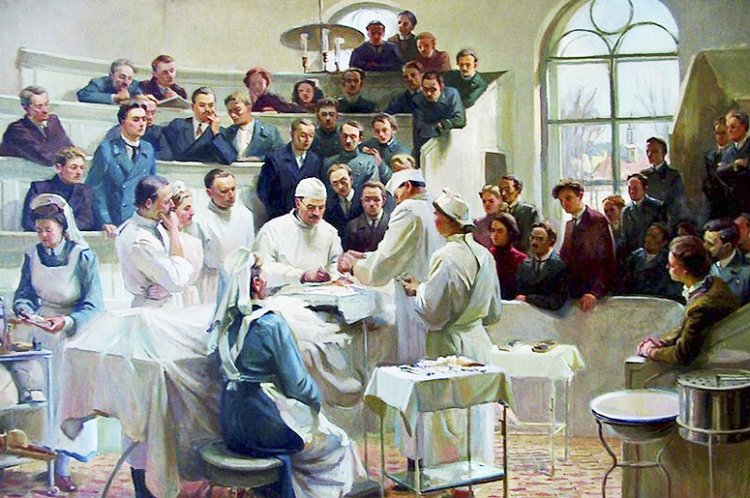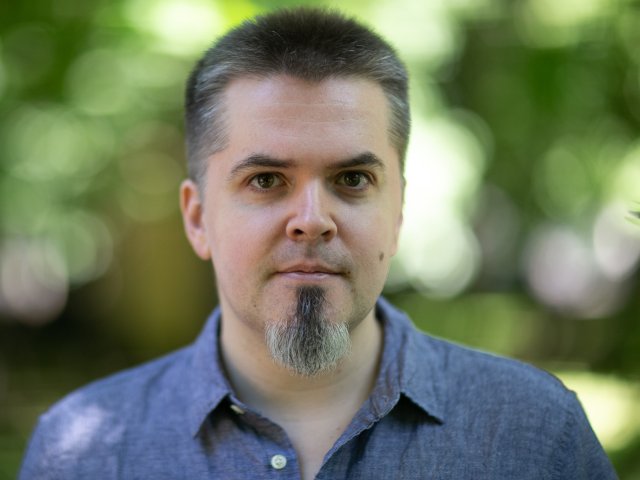Everyone knows the name of Nikolay Sklifosovsky. His significant contribution to medicine, especially to abdominal surgery, brought not only worldwide fame but also major discoveries that doctors apply in practice today. Nikolay Vasilyevich was born on April 6, 1836, to a large noble family. The future surgeon was fond of science since childhood and had a genuine interest in medicine. He began his career in Odesa, where he successfully graduated from the gymnasium. After that, the young doctor entered the Faculty of Medicine of Moscow University. In 1859, after successfully graduating from high school, Sklifosovsky returned to Odesa, where he began working as a resident.
The surgeon was attracted not only by practical medicine but also by research activities: he studied a lot, developed, tried in practice. No wonder he is considered the founder of abdominal surgery in Russia. Nikolay Vasilyevich was engaged in applied anatomy and invented an effective surgical technique. In his first scientific works, in 1860-1870, Sklifosovsky describes in detail abdominal injuries during abdominal surgeries. At that time, the treatment of the organs of the abdominal cavity, pelvis, maxillofacial region was practically not studied. Therefore, the great surgeon had to work out the treatment technology for a long time. He mastered the methods of operating a variety of organs.
Nikolay Sklifosovsky performing a surgery
Since 1866 and for two years Nikolay Sklifosovsky was gaining tremendous experience in Europe, namely in Germany, England, and France.
Upon returning home, the surgeon continues his work in the Odesa city hospital. In 1870, he became a professor at the Department of Surgery at Kyiv University, but due to military operations, he temporarily left teaching and went to the battlefield. No wonder Sklifosovsky is called the founder of modern military field surgery. His professional skills and innovation were fully represented on the battlefields. Throughout his life, he participated in four wars: the Austro-Prussian War during his internship abroad (1866-1868), the Franco-Prussian War (1870-1871), the Balkan War (1876), and the Russian-Turkish War (1877-1878). In-between military operations, Sklifosovsky manages to return to teaching. From 1871 to 1880, he lectured at the Military Medical Academy (Saint Petersburg), simultaneously acting as head of the military hospital. In 1880, Nikolay Sklifosovsky became the head of the Department of Surgery at Moscow University, where he worked until 1893 inclusive.
Having extensive experience in the organization of medical support, tactics of treatment of the wounded, the surgeon introduced a fixed bandage. This reduced the number of amputations. He developed the sorting of the wounded according to the severity of the injury and believed that such an approach provides “the possibility of systematizing work that otherwise takes on a chaotic character.” Sklifosovsky created such a system of assistance to victims that allowed the most effective use of medical staff for saving people’s lives. These principles of aiding the wounded were then in demand during World War II.
Throughout his life, Nikolay Sklifosovsky was perfectly able to combine teaching work with the practice of a military doctor. It was he who became the main initiator of the creation and construction of a clinical campus at Moscow University on Devichye Pole. All funds for the construction of the institution were received through donations and active interaction with representatives of merchants. With the advent of the clinical complex, Nikolay Vasilyevich opened his school there.
. His scientific works and surgery techniques are known by every surgeon. He was not afraid to take on patients with pathologies of the reproductive system, stomach, bladder. One of the innovative developments of Sklifosovsky is the surgical connection of bones in the event of a false joint. This operation was called the “Russian Castle” or “Sklifosovsky Castle.”
Based on open sources.
Photos on the page and the homepage: The great physician Nikolay Sklifosovsky
























